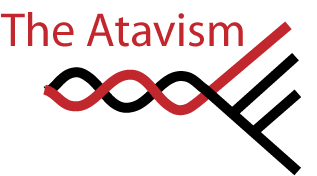Sunday, April 24, 2011
Sunday Spinelessness - Incertae sedis
I was going to start this post by saying taxonomy has a language of its own, but that's not really true. Taxonomy just has a whole lot of Latin. When I've given talks in schools, I've almost always been asked why scientists insist on giving creatures those strange Latinised names. The answer is, we need names that anyone anywhere can recognise and pin to particular species or group. A common name like "black bird" might make sense in conversation in New Zealand, but in other circumstances it could refer to a single species (Turdus merula), the five species that make up Turdus, or a whole bunch of species in the new world family Icteridae. When taxonomy really got started Latin was the language which scientists from different countries used to speak to each other, so modern taxonomy follows Linnaeus in using Latinised names.
But the Latin terms used by taxonomists don't stop with names, if you thought they were difficult to understand you should open a taxonomic work. The first time I did I was lost in a sea of lecto-, neo- and allo-types; homonyms junior and senior and Nomina nuda, obltum and protectum. The title of this post, Incertae sedis is another of those strange taxonomic terms and translates as "uncertain placement". Most big taxonomic reviews include a few species the author is certain are well defined, but hard to place into a higher group. Those species get placed under the heading Incertae sedis.
I used that title because today's subject is... a land snail... of some sort
Labels: environment and ecology, molluscs, new zealand, photos, sci-blogs, sunday spinelessness






